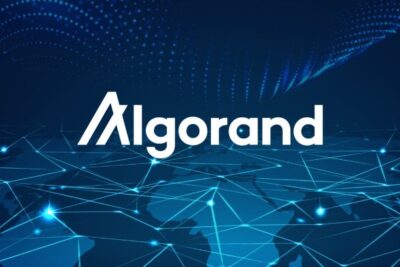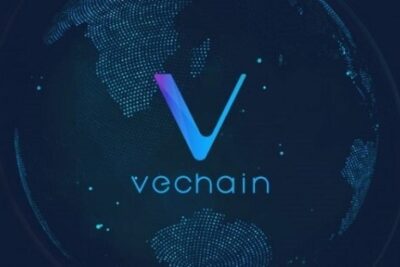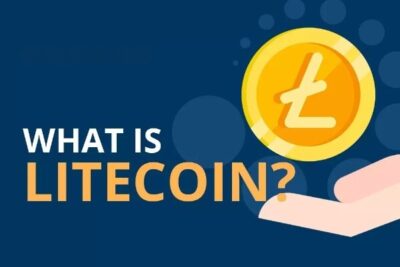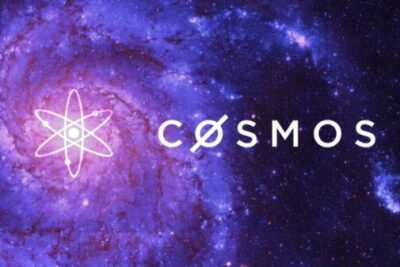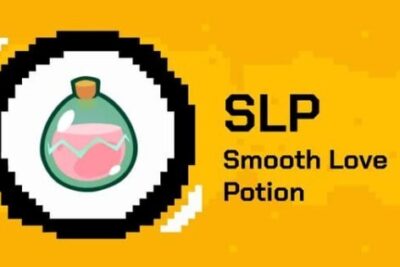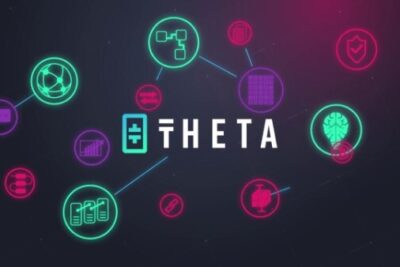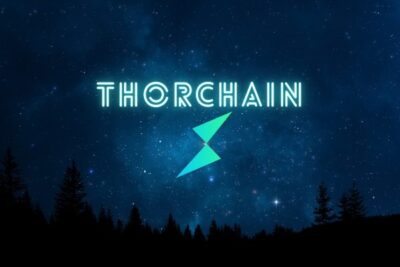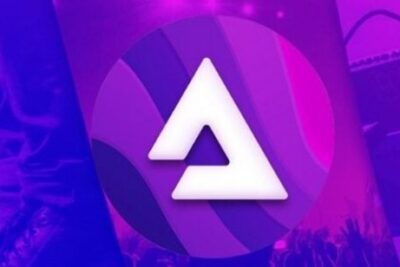

Cryptocurrency Explained: What Is COTI And How Does It Work?
30 May 2022
What is COTI? The question that many newbies look for when exploring projects of cryptocurrency. There is no doubt that COTI is one of the most popular cryptocurrencies in existence today. At the time of this writing, it is ranked as high as #186. For the most complete information about COTI, bePAY seems to be an excellent resource. COTI is just one of many projects that bePAY has looked at and provided feedback for on.
bePAY will explain all you need to know about COTI in this informative essay. What is COTI, and why should you care about this project, when you consider what is COTI used for? whether or not is COTI a good investment? All of the information on them are ready for you to discover. Let’s now take a look at COTI, a layer-1 blockchain that uses the Poof of Trust paradigm.
What Is COTI?
Using the COTI network, any company or government may issue their own cryptocurrency. COTI seeks to become the de facto decentralized payment solution in the global commerce sector by combining the benefits of distributed ledger technology (DLT) with those of the conventional payment method.
Its objective is to create a worldwide payments system that is extremely scalable. It is something that Proof of Work (PoW) cryptocurrencies like Bitcoin are unable to do, and there is a reason for this. As the number of users increases, transactions requiring PoW cryptocurrencies get slower.
Therefore, these coins are not appropriate for international transactions. Transactions involving COTI, on the other hand, get increasingly quicker as the user base grows, which makes COTI a superior and more efficient payment system for worldwide trade.
COTI can provide a speedier, trust-based, and less expensive payment system. COTI transactions rely heavily on the element of faith. In the COTI network, a novel algorithm known as the Trust Chain Algorithm constructs a consensus between the buyer and seller. As the data structure of the COTI network is built using directed acyclic graph technology, all transactions within the COTI network are directly linked as opposed to being connected through blocks.
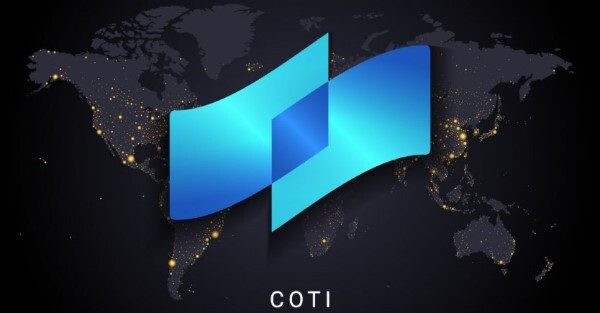
What is COTI?
COTI’s DAG-based (Directed Acyclic Graph-based) data structure also makes its transactions much quicker. COTI is capable of processing up to 10,000 transactions per second. COTI surpasses the Visa network in terms of the number of transactions processed each second, which is about 4000. The COTI network’s transactions are sent to a cluster, where each transaction is assigned a trust score. This score is the score of the account submitting the transaction.
Summary: COTI is a layer-1 blockchain network intended primarily for payments. COTI is solving the difficulties of both centralized and decentralized finance (CeFi and DeFi) by proposing a low-cost, quick, scalable, private, and inclusive DAG-based protocol and infrastructure. Proof of Trust (PoT) is a mix of Proof of Work (PoW) and DAG used to reach consensus.
Above is an explanation of what is COTI?, it’s a little bit confused about COTI coins and COTI tokens, what are they, let’s move on to the next sector.
What Is COTI Cryptocurrency?
The native token of the COTI ecosystem is the COTI coin. It is a DAG-based cryptocurrency with a 2 billion coin supply. COTI does not need PoW mining for network security. COTI runs on the Trustchain, Ethereum, and BNB Chain mainnet.
Trustchain: The native mainnet of COTI.
Ethereum: COTI also exists on the Ethereum network as an ERC-20 token. It is exchanged on some cryptocurrency exchanges and used in DeFi DApps.
BNB Chain (formerly Binance Chain and Binance Smart Chain): versions BEP-2 and BEP-20 of COTI.
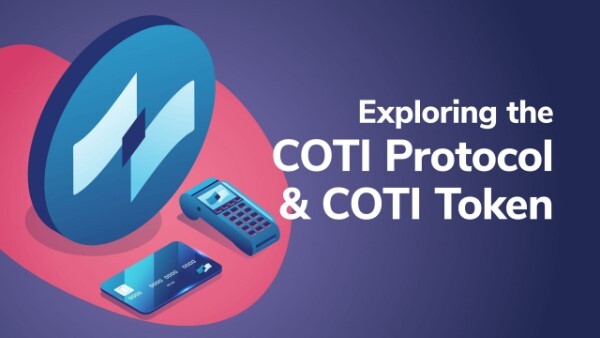
What is COTI used for?
>> Learn more about the differences between Binance Chain and Binance Smart Chain
While 30% of the tokens were distributed during the token sale, 45% were kept for incentives and various reward programs on the network for community members and node operators, and 15% were kept for the team as an incentive for continued engagement, and 10% were kept for the advisors in recognition of their efforts.
Except for the 45% of total tokens designated for incentives, the remaining tokens are locked and progressively released over a predetermined period of time.
What is COTI Used For?
In addition to providing a platform for people to develop coins, COTI has its own cryptocurrency. The COTI coin is the primary transaction fee and staking currency.
Holders of COTI tokens may utilize the COTI bridge to interoperate across the various networks (mainnets). In addition to being used to pay for ecosystem services, COTI may be put into the COTI Treasury for DeFi staking. The Treasury will then award COTI prizes to the program’s users.
How Does COTI Work?
As previously mentioned, COTI was formed with the intention of creating a decentralized payment network that enables companies to achieve maximum efficiency. Components such as Trustchain, Multi-DAG data structure, Node clusters, and Proof of Trust are used to reach consensus.
Trustchain is the technology behind the COTI ecosystem and its products. This focuses on an algorithm for a unique agreement based on machine literacy. This drastically decreases transaction costs and increases transaction speed by marking data with trust ratings and chaining it.
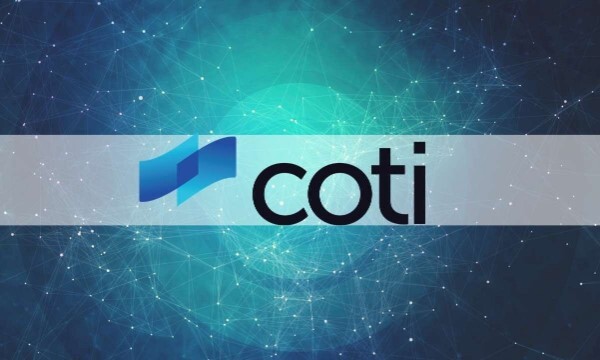
How does COTI work?
Trustchain is built on a multi-directed acyclic graph (DAG) data structure, which is more similar to a graph than a blockchain, according to the network’s whitepaper. Multi-DAG is known to improve scalability. Multi DAG is a data modeling or organizing technique that, unlike blockchain technology, records transactions on top of one another; that is, many nodes may occur concurrently.
Overall, the COTI platform integrates infrastructure, services, and network layers to provide a flexible, all-encompassing payments solution.
PoT (Proof of Trust) Consensus
Proof of Trust is the consensus algorithm used by COTI. Proof of Trust, unlike Bitcoin’s PoW algorithm, is energy efficient. As with PoW, Proof of Trust works by assigning each network user a Trust score and using DAG to achieve successful scaling.
The purpose of the Trust score is to encourage good network activity, lower transaction costs, and increase network service. An increase in Bitcoin’s scalability, for instance, naturally results in an increase in energy usage. COTI employs several DAGs to address this problem. It identifies this cluster and assigns a trust score to each transaction. Therefore, in order to participate in the network, you must be linked to previous transactions with the same minimum Trust score.
In contrast to PoW, which sequentially accepts transactions, PoT allows many transactions to occur concurrently. This eliminates the scalability problem.
MultiDAG Layer
To further comprehend this, let’s compare it to MultiDAG on Ethereum. First, it is essential to highlight that both platforms share a decentralized architecture that serves as a gateway to several tokens and smart contracts while using a single native token for transaction processing.
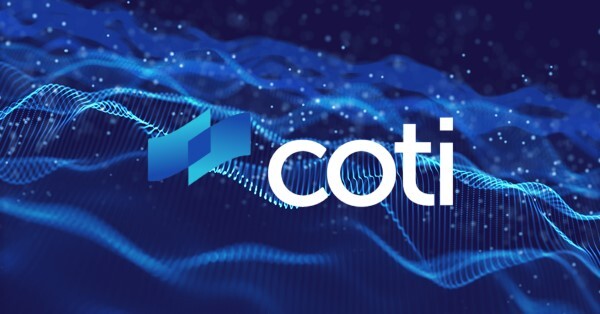
MultiDAG layer is use by COTI
MultiDAG is used by COTI to allow token issuers to brand their product and create their own rules based on their requirements and use cases. COTI MultiDAG provides token issuers with complete control over their network, allowing them to choose their own rules. This allows for a limitless number of instances and tokens without degrading the network.
MultiDAG instances preserve the essential characteristics of the COTI ecosystem, such as cheap costs, speed, consistency, privacy, scalability, and regulatory compliances. Therefore, when a transaction happens on this MultiDAG, fees are paid by COTI. It results in raising demand for the COTI currency and enhancing the network’s value.
MultiDAG 2.0
After the introduction of Trustchain 2.0, the platform is already developing an enhanced version of MultiDAG dubbed MultiDAG 2.0. Users will be able to issue tokens on the trust chain and transact with them across different wallets, such as COTI pay and other compatible networks.
That’s how COTI works but in comparison with other projects, what features make COTI more special than others? Let’s see.
What Makes COTI Special?
Processing Equipment
The COTI platform is developing technologies that will enable companies to begin accepting payments from COTI Pay wallet users. These technologies will allow retailers to issue invitations to customers who visit their websites but do not own a COTI Pay wallet.
In addition, businesses will have the option of integrating their websites and payment methods with COTI Pay through API or iFrame. Major e-commerce platforms like Shopify, eBay, and Magento will support the integration procedure.
Debit Cards
COTI Pay gives consumers access to debit cards that link directly to COTI Pay wallets for a simple integration procedure. This is intended to simplify the payment procedure using COTI Pay wallets for users who have not yet adopted COTI Pay.
Users of COTI Pay will have the option to choose their favorite currency when generating a virtual debit card. Additionally, the COTI-X capability assists customers in dealing with various currencies. COTI-X evaluates the currency and converts it to the corresponding amount of the card-linked currency when a transaction is conducted using a card linked to a currency that does not match the payment currency. This increases transparency and eliminates the need for exchange fees charged by intermediaries.

What makes COTI special?
Wallets
Offering a multi-currency wallet that provides quick and smooth access to COTI Pay is another use case for COTI. These wallets are compatible with several ways of consumer payment.
Peer-to-peer transactions
Users of COTI Pay will be able to make fast and secure transactions with other COTI Pay users. Notably, these transactions incur minor costs (depending on the Trust Scores of the users and the selected currency).
>> What is a peer-to-peer network? Here is the article for you
Nearby wallet-to-wallet exchanges
COTI Pay wallet holders will also be able to safely and instantaneously transfer money to other COTI Pay wallet holders in close proximity?
Safekeeping Of Digital And Paper Currency
Similar to bank accounts, COTI Pay wallets allow users to store both digital and fiat currency. In addition, consumers will be able to fund their COTI Pay wallets using cards, bank wires, and popular cryptocurrencies such as Bitcoin and Ethereum.
Okay, that’s everything about COTI Project, let’s move to frequently asked questions about COTI amongst them where can I buy COTI?
FAQs About COTI
Where Can I Buy COTI?
COTI currency is listed on various exchanges like Uniswap, Binance, Mandala Exchange, Huobi Global, KuCoin, and Coinbase, but is not yet accessible on Currency.com. Always do your own research before purchasing COTI, and never invest more than you can afford to lose.
Is COTI A Good Investment?
You can never be too certain, as the values of mid-cap cryptocurrencies like COTI are erratic. Consequently, you must do your own research and adhere to your investing strategy.
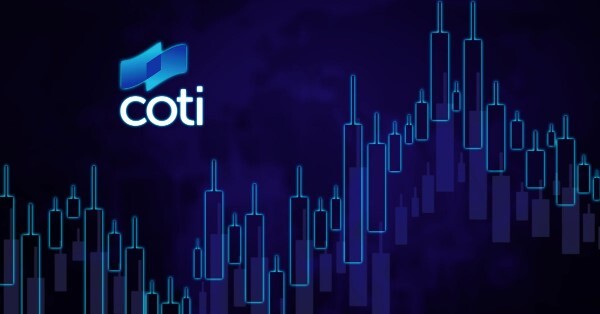
Is COTI a good investment?
What Does COTI Mean In Cryptography?
The term COTI stands for Currency of the Internet. It is built on Ethereum, the Binance Chain, and the Trustchain networks. In addition, it is the name of a cryptocurrency blockchain network and a kind of token. In general, the COTI platform aims to address the cross-chain payment issue by integrating conventional financial services into the blockchain.
Does COTI Function As A Coin Or A Token?
COTI is a coin used to aid in the processing of decentralized transactions. The token fortifies the currency it is paired with to make transactions more reliable.
Final Thoughts
COTI’s DAG-based Trustchain satisfies this need with its implementation of a Layer 1 fit for the specific requirements of consumer-merchant payments. The team predicts that by 2022, COTI’s network will have expanded from a single currency to several tokens, including enterprise tokens, merchant tokens, governance tokens, and others.
In addition, COTI intends to grow its collaborations with further projects and merchants, and it is anticipated that additional use cases will be added to the platform in the near future. All COTI ecosystem fees will be redirected to the Treasury and paid as incentives to its users.

